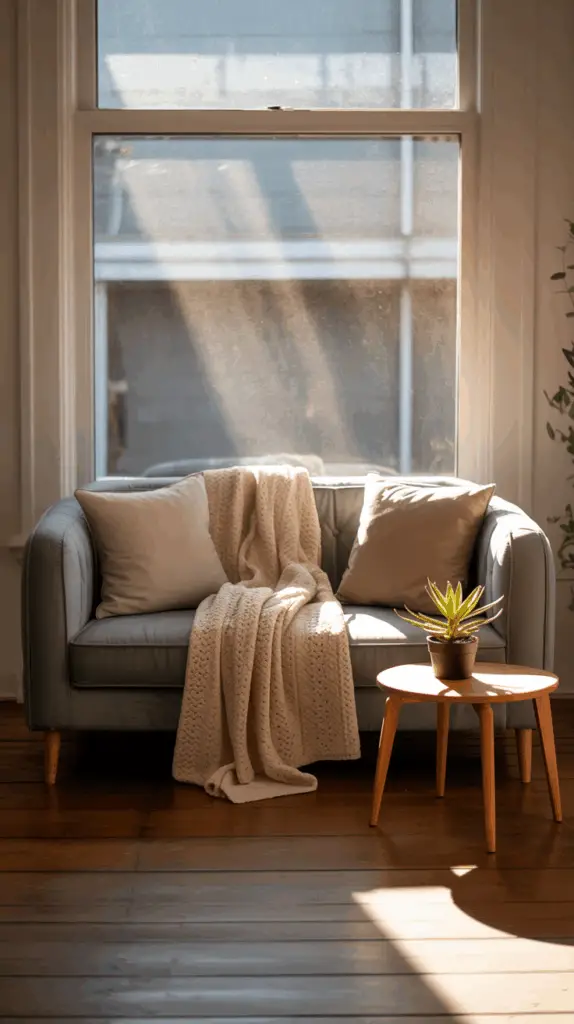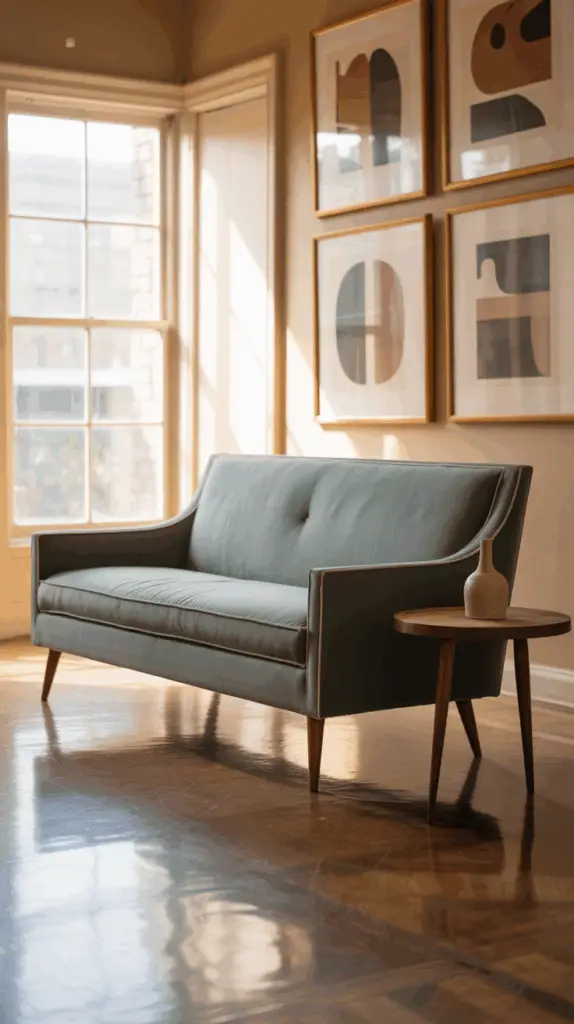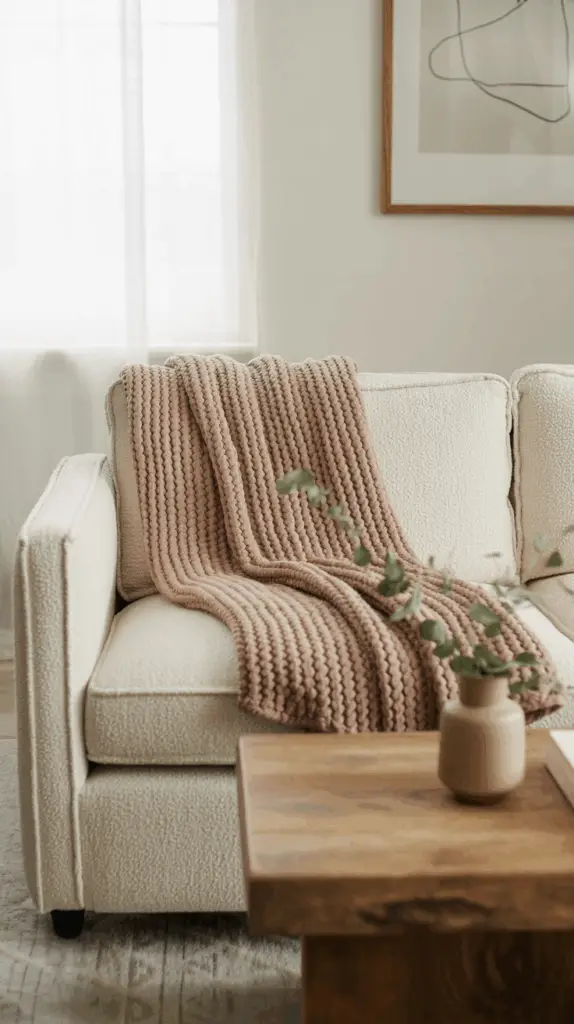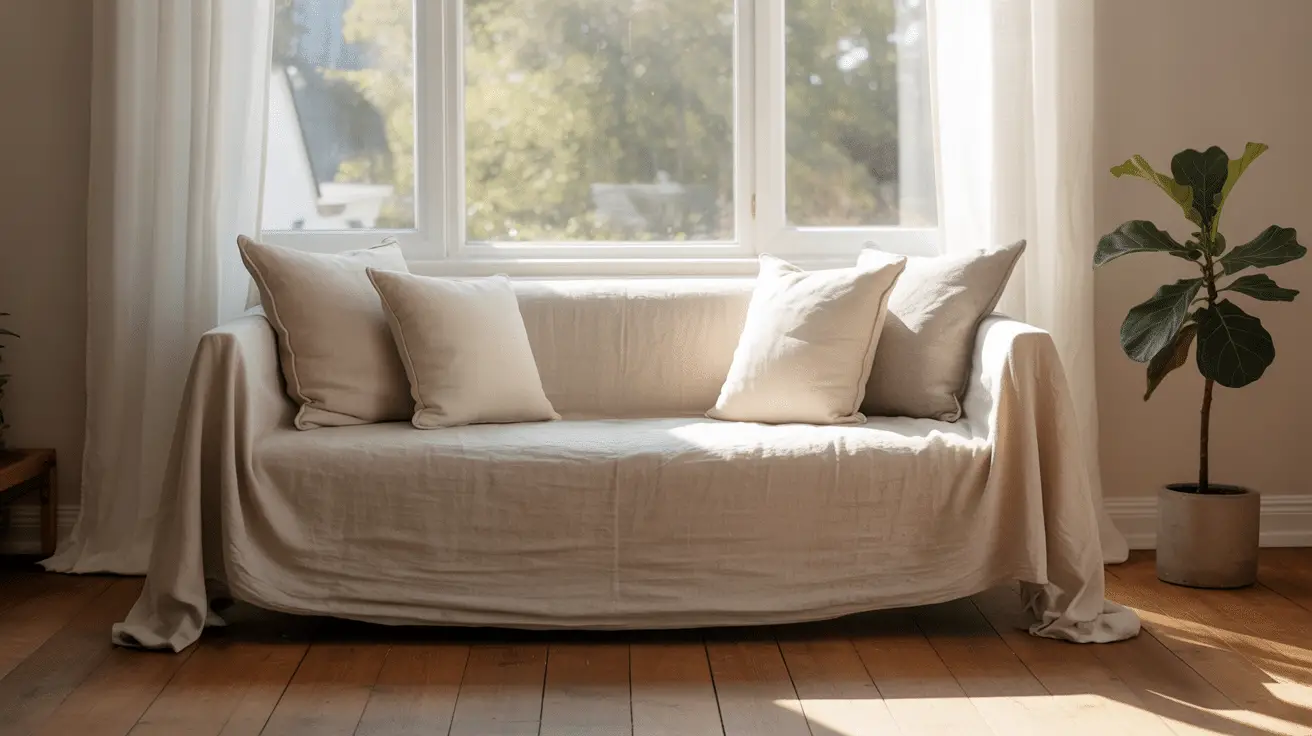How to Choose a Small Couch for Your Space: Smart Seating for Compact Rooms
Table of Contents
How to Choose a Small Couch for Your Space
Choosing a couch for a small room isn’t just a design decision—it’s a spatial strategy. Whether you’re furnishing a studio apartment, updating a cozy den, or refreshing a compact living room, the right small couch can bring balance, beauty, and functionality to your space. But finding the perfect piece isn’t always easy.
According to a recent interior design report, nearly 72% of homeowners struggle with arranging furniture in small spaces, and sofas are the most common pain point. Too large, and the room feels cramped; too small, and you lose comfort and seating capacity. Add style preferences, layout challenges, and budget constraints to the mix, and the selection process can quickly become overwhelming.
This guide will walk you through everything you need to know to confidently choose a small couch that works for your space and complements your lifestyle. We’ll explore different styles, sizing tips, materials, and layout ideas that maximize both comfort and square footage. Whether you’re into sleek modern pieces or plush cozy designs, this article offers practical insights, visual references, and curated advice to make your selection seamless.
Let’s reimagine your living space with the perfect small couch—one that proves you don’t need a lot of room to make a big impression.
Measure Your Space Before You Shop
Before falling in love with a particular design, it’s essential to understand exactly how much space you’re working with. Taking proper measurements is the foundation of a successful furniture purchase, especially when choosing a small couch.
Start by measuring the length, width, and height of your living area. Then identify where the couch will go—against a wall, under a window, or floating in the middle of the room. Be sure to factor in walking paths, door clearance, and nearby furniture to prevent overcrowding. A good rule of thumb is to leave at least 18 inches of space between the couch and a coffee table, and at least 30 inches for walkways.
Also consider ceiling height and vertical space. A low-profile sofa might suit rooms with lower ceilings, while a taller backrest can help fill the vertical space in taller rooms. Don’t forget to measure the width of doorways and staircases to ensure the couch can actually make it into your home.
Visual Breakdown: Measurement Checklist for Small Couches
| What to Measure | Ideal Range for Small Couches | Why It Matters |
| Sofa width (arm to arm) | 60″–75″ | Fits compact spaces comfortably |
| Sofa depth (front to back) | 30″–36″ | Ensures comfort without bulk |
| Sofa height (floor to top) | 28″–34″ | Affects visual balance |
| Pathways around furniture | 18″–30″ | Allows smooth traffic flow |
| Door & stair clearance | Match to packaging specs | Avoids delivery issues |

Choose the Right Style for Your Space
When working with limited space, choosing the right couch style is about more than just aesthetics—it’s about how the design interacts with the room. Streamlined, leggy couches tend to work well in small spaces because they keep the visual weight light. Avoid overly bulky sofas with wide arms or thick cushions that can dominate the room.
Mid-century modern styles are popular choices because of their clean lines and elevated legs, which make the room feel more open. Loveseats, settees, and apartment-sized sofas are also great options, designed specifically for compact living areas.
Sectionals may seem too large for small spaces, but a well-proportioned L-shaped sectional can actually help define the room and maximize corner areas. Consider a modular option that allows you to reconfigure pieces based on changing needs.
When choosing color and fabric, lighter shades and tight-weave upholstery can make a space feel airier and more expansive. However, don’t shy away from bold hues if you want your sofa to be the statement piece.
Visual Breakdown: Small Couch Styles and Their Benefits
| Style | Key Features | Best For |
| Loveseat | Seats 2, compact frame | Studio apartments |
| Apartment Sofa | Slightly longer than a loveseat | Small living rooms |
| Mid-Century Modern | Clean lines, wood legs | Minimalist or retro homes |
| Modular Sectional | Customizable components | Flexible, multipurpose layouts |
| Setee or Bench Sofa | Elegant, slim profile | Bedrooms, entryways, small nooks |

Pick a Couch Material That Balances Durability and Style
Material matters just as much as size when choosing a small couch, especially in high-traffic or multifunctional areas. You want something that not only looks good but holds up to daily use, pets, and the occasional spill.
Fabric options like cotton, linen, and microfiber are breathable and comfortable, making them ideal for cozy spaces. If you prefer a more upscale look, velvet or boucle adds texture and richness without overwhelming the room. Faux leather or performance fabrics, on the other hand, are easy to clean and resist staining—a great option for families or pet owners.
Color also plays a role in both aesthetics and maintenance. Neutral tones like beige, gray, or soft pastels blend seamlessly into most spaces and tend to make rooms feel larger. However, darker tones or patterns can better hide wear and tear.
Finally, consider the couch’s internal structure—quality foam cushions, hardwood frames, and sinuous springs contribute to both comfort and longevity, especially in smaller pieces where every inch counts.
Visual Breakdown: Couch Material Comparison
| Material | Pros | Cons | Best Used In |
| Linen/Cotton | Breathable, soft, natural | Can wrinkle, stain easily | Relaxed or beachy styles |
| Microfiber | Durable, easy to clean | May lack luxe texture | Family or pet-friendly homes |
| Velvet | Rich texture, elegant look | Can attract dust or pet hair | Glamorous or vintage rooms |
| Faux Leather | Sleek, modern, wipeable | Less breathable | Contemporary spaces |
| Boucle | Soft, high-end, textured look | Harder to clean | Scandinavian or modern luxe |

Maximize Function with Storage and Multipurpose Features
When every square foot matters, furniture that does more than one job is a smart investment. Look for small couches that include hidden storage, convertible features, or modular flexibility to get the most out of your space.
Sofas with lift-up seats or storage compartments underneath are ideal for stashing blankets, board games, or off-season decor. Sleeper sofas add guest-ready functionality to your living area, while futons or daybeds can double as lounging spots and beds without taking up extra room.
Modular couches offer reconfigurable seating that adapts to your layout, allowing you to rearrange as your needs change. Some models even come with detachable ottomans or armrests that can be repositioned.
Keep in mind that multipurpose doesn’t mean bulky. Choose slim-profile designs that offer hidden features without sacrificing aesthetics.
Visual Breakdown: Functional Features in Small Sofas
| Feature | Function | Great For |
| Hidden Storage | Concealed compartments under seat | Maximizing unused space |
| Sleeper Function | Converts into bed | Hosting overnight guests |
| Modular Design | Rearrangeable parts | Small or oddly shaped rooms |
| Fold-down Armrests | Becomes tray or sleeping surface | Studio or dual-purpose rooms |
Consider Layout and Room Flow When Placing Your Sofa
Even the perfect small couch can feel out of place if it’s not positioned correctly. Layout and room flow play crucial roles in how your space feels and functions.
Start by determining the room’s focal point—whether it’s a fireplace, TV, window, or artwork—and arrange the couch accordingly. In tight quarters, placing the sofa against a wall can free up walking space. In open-concept areas, use the sofa to subtly divide zones, such as separating the living and dining areas.
Balance is key. If your couch is low-profile, complement it with a taller lamp or bookshelf to add vertical interest. If it’s bold in color or shape, keep surrounding decor minimal to avoid a cluttered look.
Don’t be afraid to experiment with angles. Positioning the couch slightly askew from the wall can create dynamic energy and help with better sightlines. Always allow for natural traffic flow—resist the urge to over-furnish.
Visual Breakdown: Sofa Placement Tips for Small Rooms
| Placement Strategy | Best Use Case | Design Tip |
| Against the longest wall | Studio or narrow room | Keeps layout clean and open |
| Floating in open plan | Loft or shared living/dining | Use rug to define the space |
| Corner placement | Square or awkward-shaped room | Maximizes overlooked spaces |
| Angled setup | Add personality to large nook | Use plants or lamp to anchor |
Conclusion
Choosing a small couch for your space is a delicate balance between form, function, and footprint. With thoughtful planning and a clear understanding of your room’s dimensions, style, and needs, you can find a piece that enhances both the aesthetics and livability of your home.
From measuring and material selection to layout and functionality, every decision contributes to a more comfortable and visually harmonious space. Whether you opt for a sleek mid-century loveseat, a modular mini-sectional, or a bold velvet statement piece, the right small couch can truly transform your room into a welcoming and well-designed haven.

